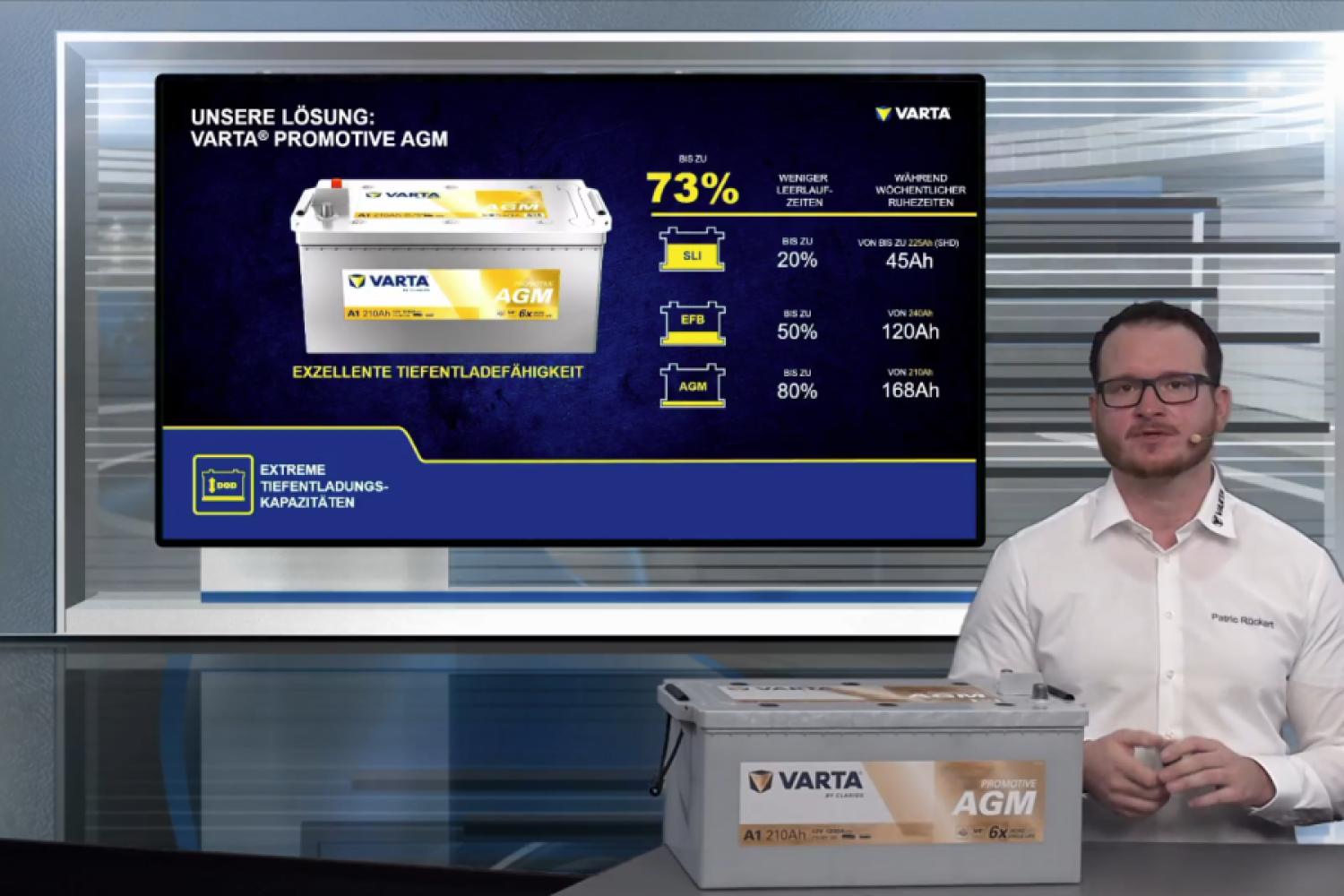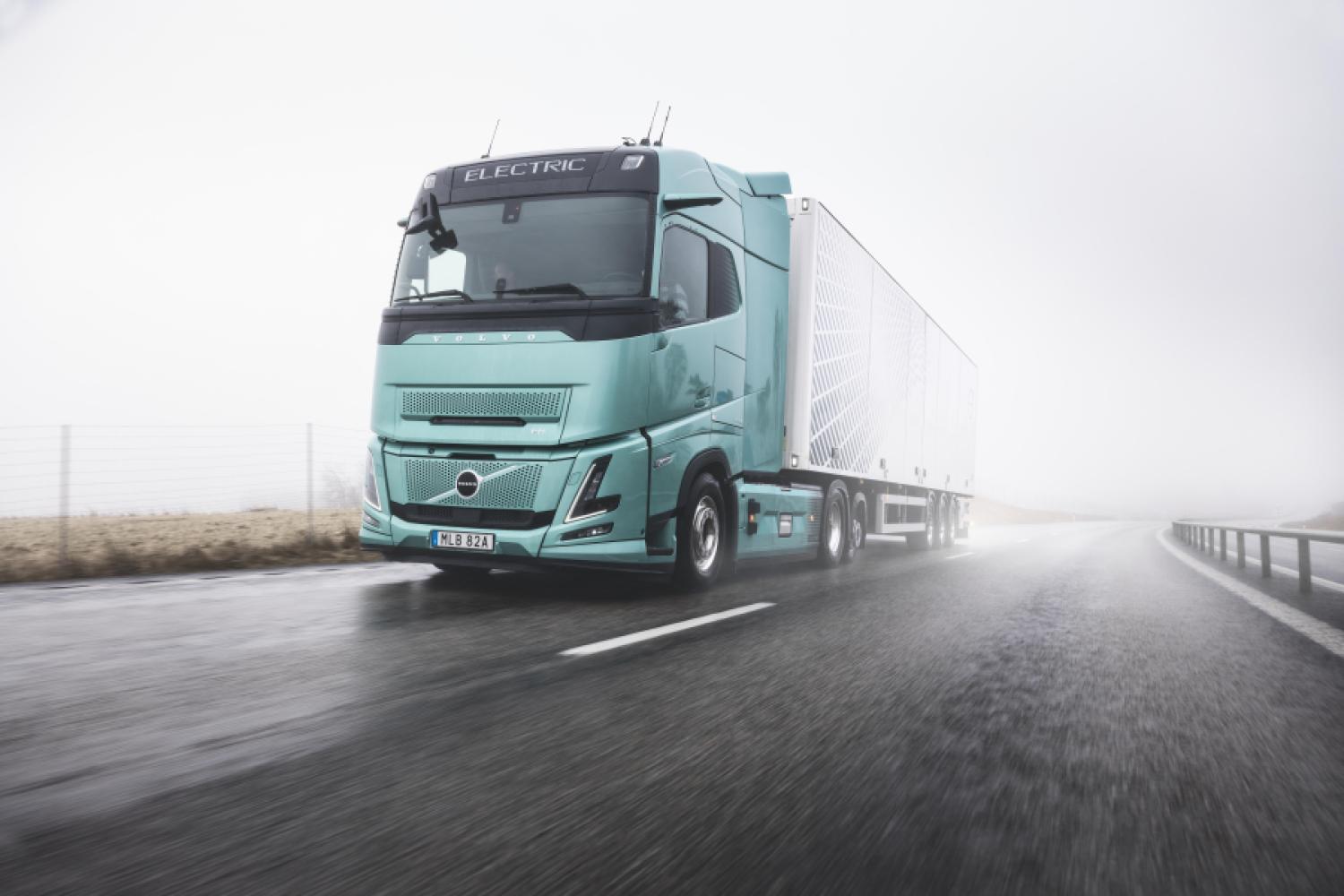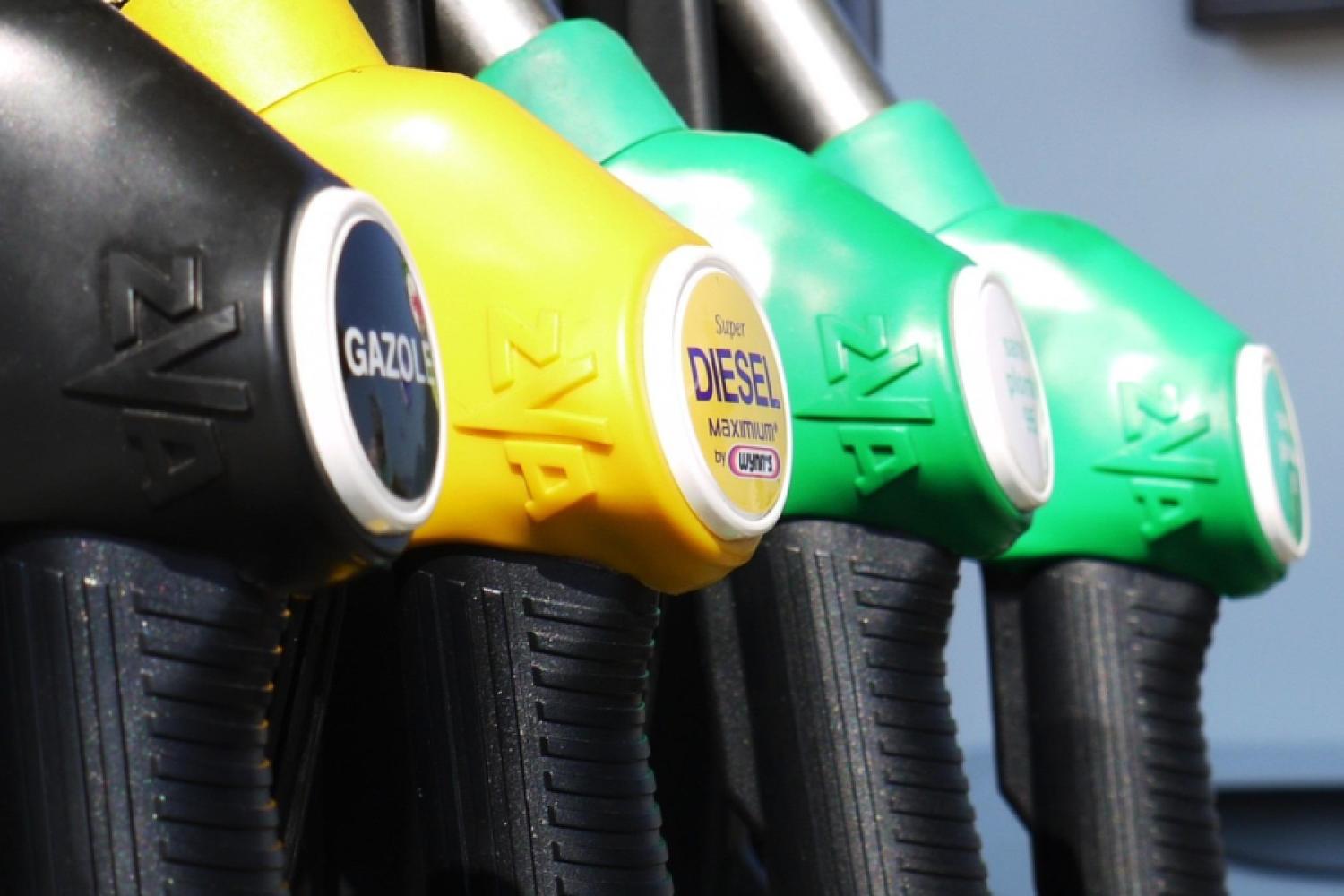The subsidiary of the Chinese state-owned company SAIC Maxus, in collaboration with the specialist Ambibox, has successfully tested bidirectional charging for the fully electric transporters eDeliver 5, eDeliver 7 AWD, and the electric all-wheel-drive pickup eTerron 9. In the future, the e-vans could not only take in electricity but also return it to buildings or the public power grid as needed – as "bidirectional charging." This allows the energy from the vehicle battery to be actively utilized when the vehicle is parked and connected to a suitable charging solution. Both the vehicle and a technically compatible wallbox or charging station are required for this. Applications of bidirectional charging: In addition to Vehicle-to-Load (V2L), which is already standard in some Maxus models, there are several other use cases for bidirectional charging.
- Vehicle-to-Home (V2H): It makes
- sense to use the electricity from the vehicle battery to increase the self-consumption rate of a PV system. The electricity is stored in the battery when the PV system produces more than is needed in the house. When electricity demand is higher than the production of the PV system, the battery discharges electricity. This use is called Vehicle-to-Home (V2H) or Vehicle-to-Building (V2B).
- Vehicle-to-Grid (V2G): Another interesting usage form is called Vehicle-to-Grid (V2G). The battery of the e-vehicle is used to regulate the electricity supply and demand in the local distribution network through intelligent charging: E-cars are charged when electricity demand, and thus typically the electricity price, is low; conversely, they feed electricity back into the distribution network during times of high demand and corresponding high prices. This use case makes particular sense with a
- large number of vehicles, for example, with a vehicle fleet being charged at a depot.
Focus on Standardization
Bidirectional charging with the CCS plugs, which are set as standard in Europe, is currently possible with only a few charging stations. The specialist Ambibox offers a certified, compatible charger according to the DC standard with up to 22kW charging power. The tested vehicles are fully compatible with this system – another step towards series-ready introduction. The SAIC subsidiary sees tangible economic advantages in bidirectional charging for both private and fleet customers. If the private customer increases the self-consumption rate of his own PV system through bidirectional charging (V2H or V2B), he can save money immediately, as the electricity from his own roof is usually cheaper than that from the public grid. This can also apply
to fleet operators if the vehicle depot is located at a warehouse or distribution center and the electricity demand can be (partially) covered by the vehicle batteries.
Grid-Servicing Charging is Profitable
The most economically attractive use case is seen as the so-called "grid-servicing charging" (V2G), where electricity from the vehicle batteries is fed back into the grid, allowing consumption peaks in the public power grid to be cushioned. The grid operator is willing to remunerate this "fed-back" electricity under a contractual agreement. This monetization opportunity has the potential to significantly lower the Total Cost of Ownership (TCO), as the costs for charging the vehicle batteries are counterbalanced by revenues. The manufacturer is currently working on the market launch of this technology in Europe and aims to provide added value through intelligent, bidirectional charging solutions.






